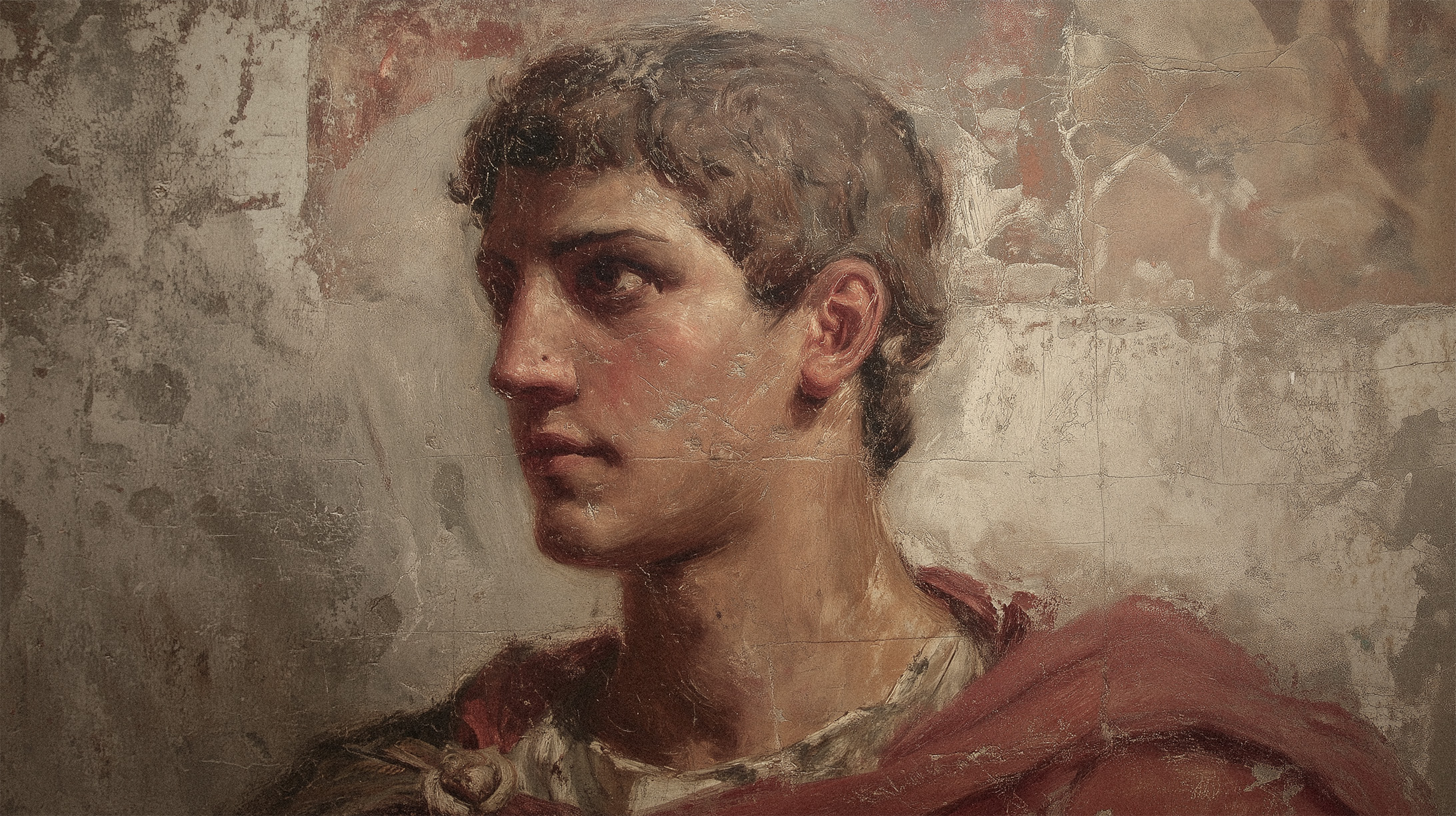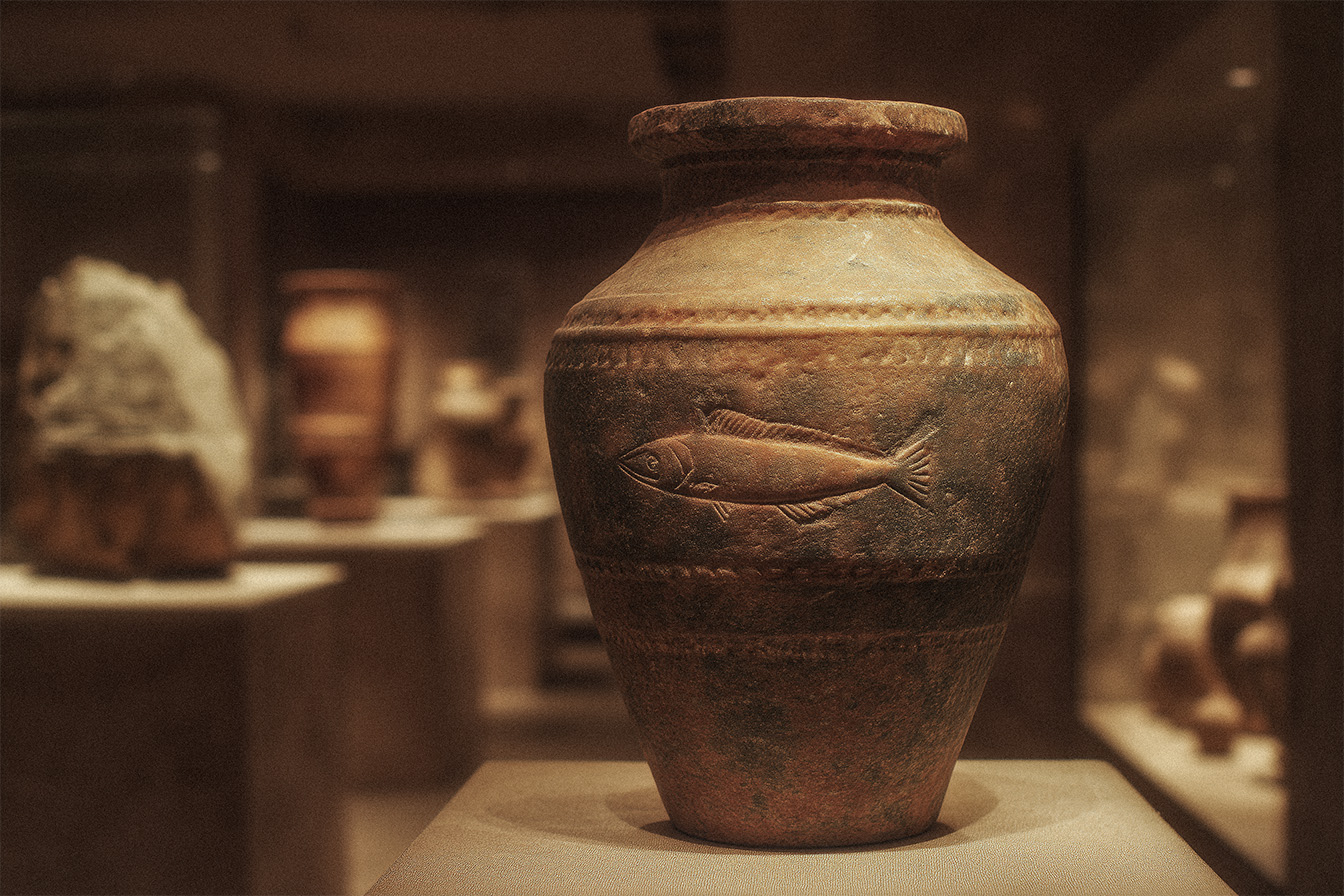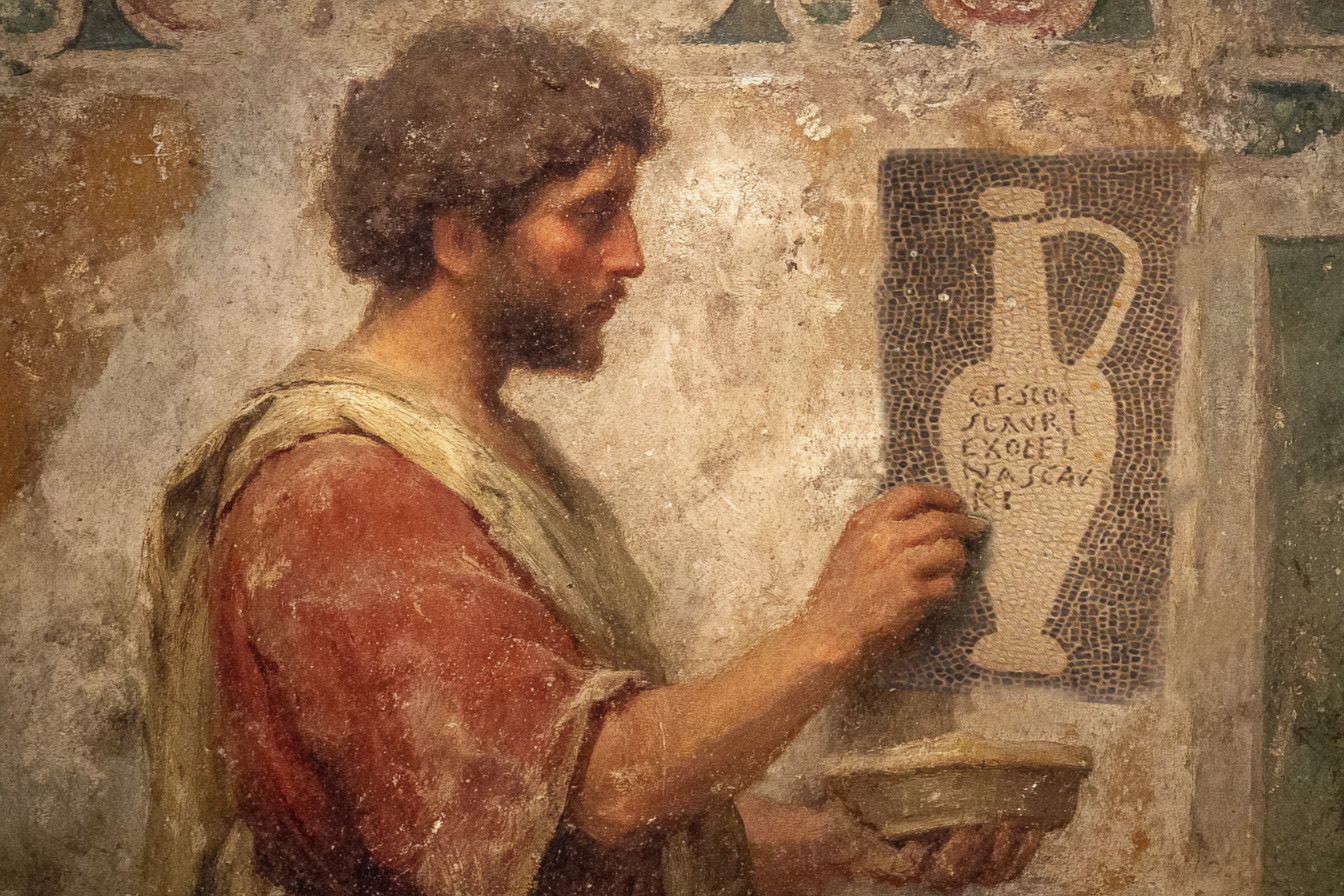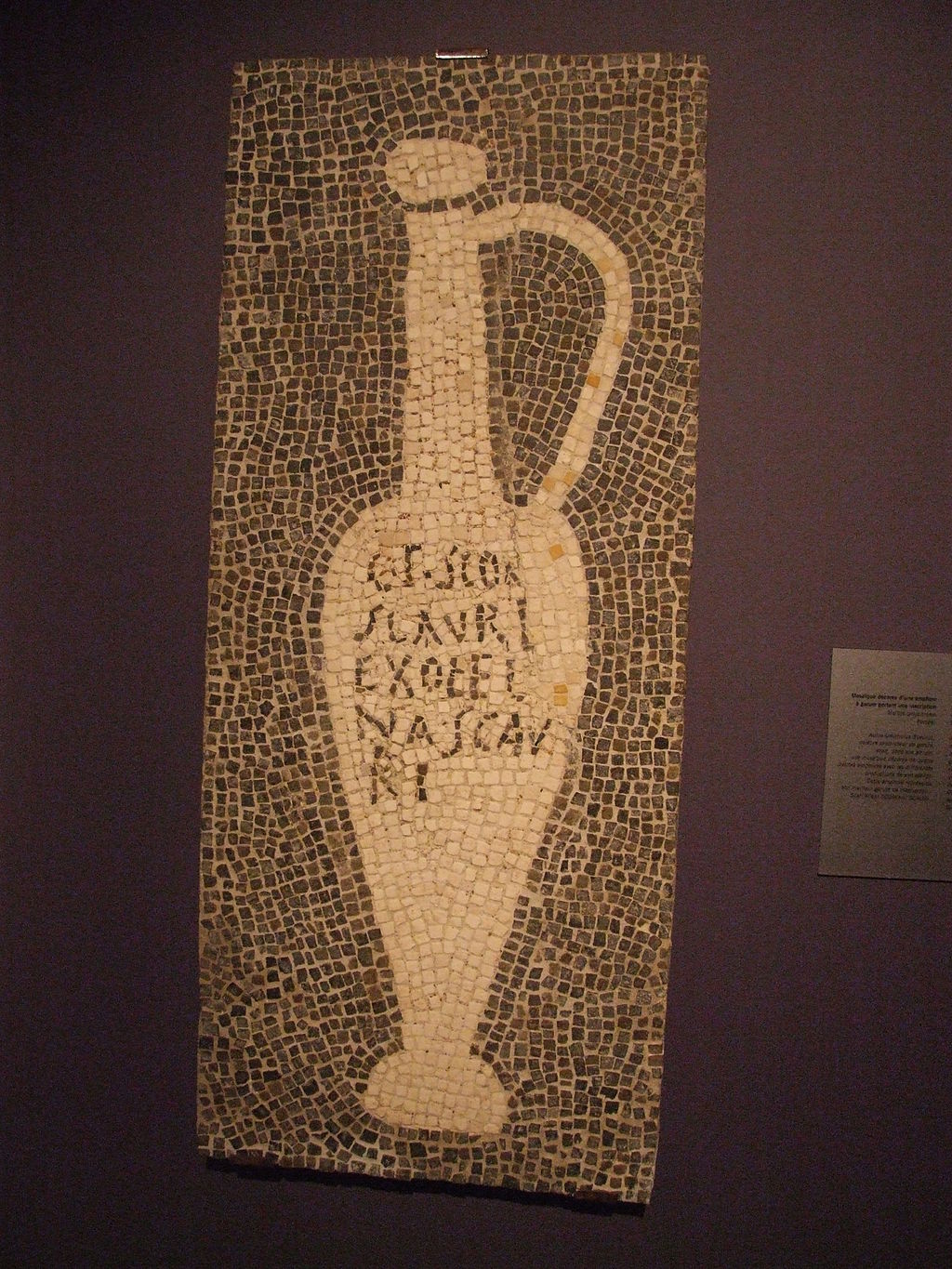

Active from roughly 25-35 CE until the eruption of Vesuvius in 79 CE, Scaurus was a master producer of garum and liquamen, the fermented fish sauces that were essential to Roman cuisine. He didn't just participate in the market; he dominated it. He owned his primary retail shop and controlled six or more others managed by family members, slaves, or freedmen.
His products were renowned for their excellence, capitalizing on the city's reputation for superior goods.
"Across the Mediterranean, fish sauce produced in Pompeii was generally regarded as a high quality product."

An unusual amount is known about Scaurus because archaeologists have identified both his grand home near the Porta Marina and his family's tomb. His house was undeniably "luxurious," featuring an upper level with three atria and a fishpond, and a lower level with storerooms and a private bath.
The discovery of both his residence and tomb provides a tangible link to his status and wealth.
A RARE FIND
Aulus Umbricius Scaurus is one of the few Pompeiians for whom both a house and a tomb have been definitively identified by archaeologists.
Perhaps the most compelling piece of Scaurus's legacy lies on the floor of his home's entrance hall. There, he commissioned a large mosaic depicting four different amphorae (jars), each bearing a painted label (titulus pictus) that advertised the quality of his fish sauce.

This was no mere decoration. It was a calculated business move, designed to impress guests with a display of his business success. The mosaic is a striking example of branding, a motif that was clearly...
"...a rare, unequivocal example of a motif inspired by a patron, rather than by the artist."
Scaurus understood marketing. By placing this advertisement at the forefront of his lavish home, he masterfully blended his personal status with his professional brand.
The story of Aulus Umbricius Scaurus is one of ambition, quality, and innovative marketing. He built a powerful brand that not only dominated his city but has endured for millennia, giving us a priceless window into the commercial life of the Roman Empire.
His entrepreneurial spirit and savvy are the reasons we were inspired by his name, remixing it to Scauros for our own venture. His legacy is a powerful reminder that a strong brand and clever marketing can truly stand the test of time.
